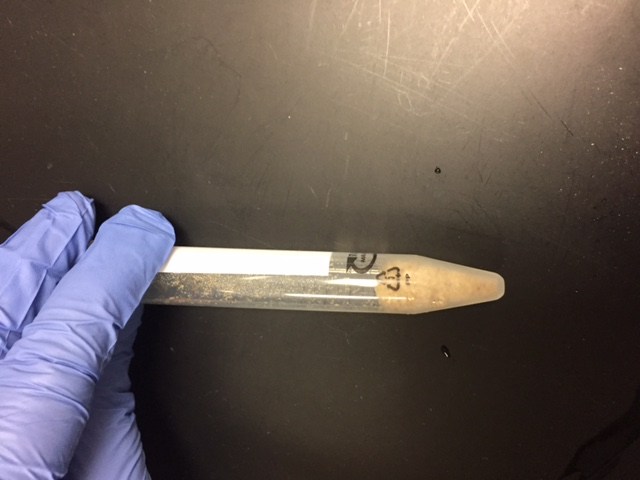Protein purification is the proces of extracting and enriching one or several proteins from a complex biological mixture or solution which contains many biomolecules. This enrichment can happen in multiple sequential purification steps through the application of different cleanings methods, which effectiveness (the correct sequence) and efficiency (the degree of purity) with analytically methods are monitored and quantified. In most cases will the proteins be overexpression with an expression vector.
Properties of Proteins
Proteins are usually zwitterionic biopolymeres composed of amino acids with a molar mass between one and 350 Kilodalton (protein complexes excluded), whereby most proteins are about 20 to 70 Kilodalton. Due to protein folding proteins occopy less volume than nucleic acids or polysaccharids. Additionally secrotpry proteins can be interchained thorugh intramolecular disulfid bridges.
Because of the peptide bound protein absorbe ultrviolate light at a wavelength of about 205 nm (180 nm to 230 nm). Besides this phennyalanin, tyrosine and tryopthphane absorb light at a wavelength of 280 to 288 nm. These absoroption can be utilized for photometric quantification and therefore allow the determination of purification factor. In contrast to carbohydrates and nucleic acids due to the different contained amino acids some structural motives only occur in proteins, e.g. sulfhydryl-contained cysteine. Those can be used for selective molecular markings.
Cell Disruption
As to be purified proteins, mostly recombinant proteins, after the cell disruption are in danger of inactivation, denaturing or proteolysis, protein purification is often executed at 4 °C. If the biological activity of the seeked protein is to be conserved, buffer solution with physiological pH-values (most pK-value +/- 1) and isotonic ionic strength (most 50 - 100 mM) are utilized. The Good-buffer or TBS-buffer are most often used as buffers. Dependend on the downstream application differen amounts of proteins are needed (up to 100mg for x-ray crystallography). For higher needed amounts are recombinant overexpression can be executed.
Seperation Principle
In order to seperate proteins their difference in sequence and specific structure is taken advantage of. Often mulitple methods will be execuated sequntially. The seelction of methods is based on the properties of the proteins, their method-dependent interfering accompanying substances for the subsquent methods and a possible denaturation. Higher purification factors of a method enables a smaller number of purification steps, e.g. Tandem Affinity Purification.
- Isoelectronic point
- Molular mass
- Density
- Polarity
- Affinity
- Solability
Seperation Methods
- Chromatography
- Electrophoresis
- Extraction and Precipitation
- Filtration
- Sedimentation
- Evaporation

Flair: Science
Collection: Biology Crash Course
